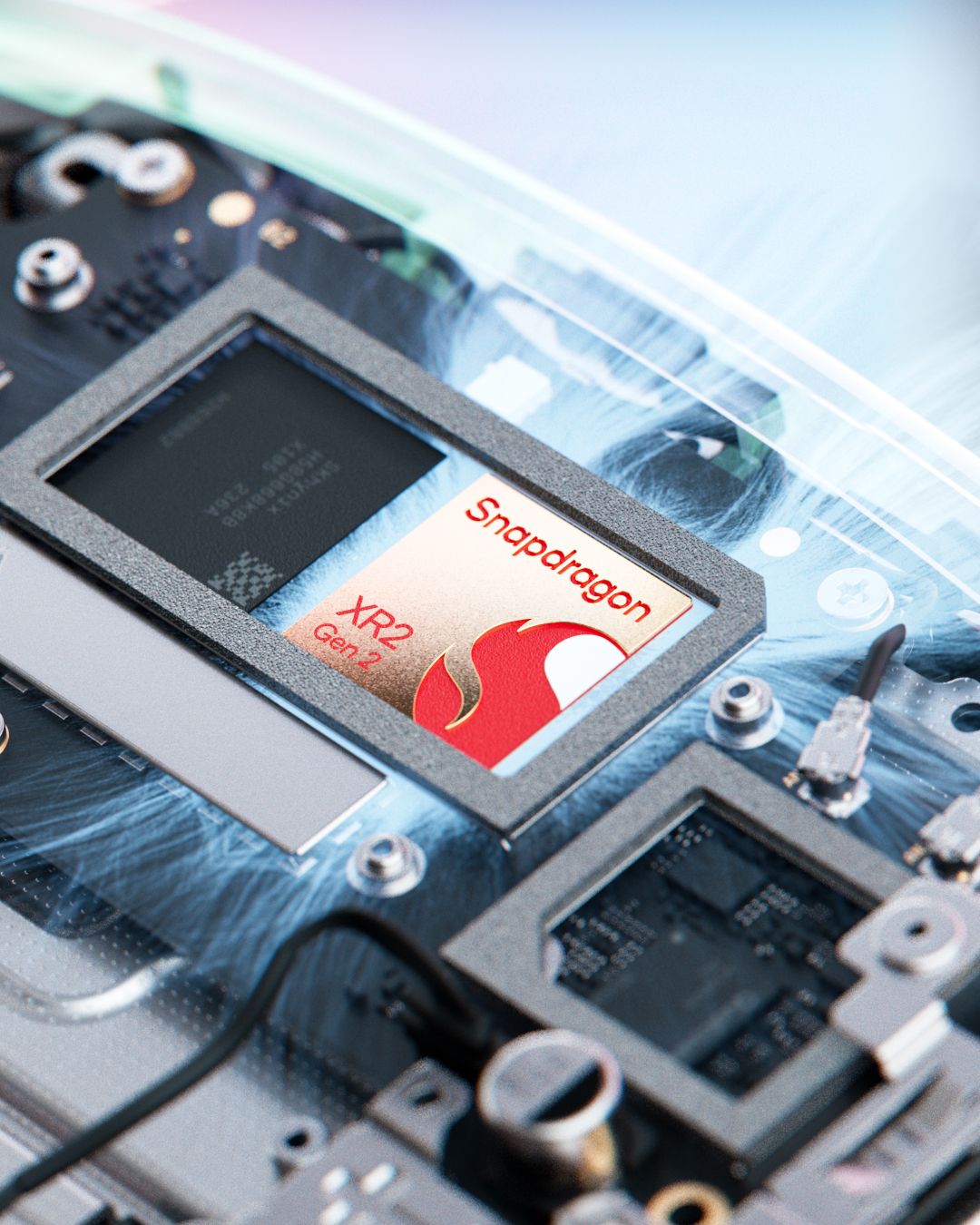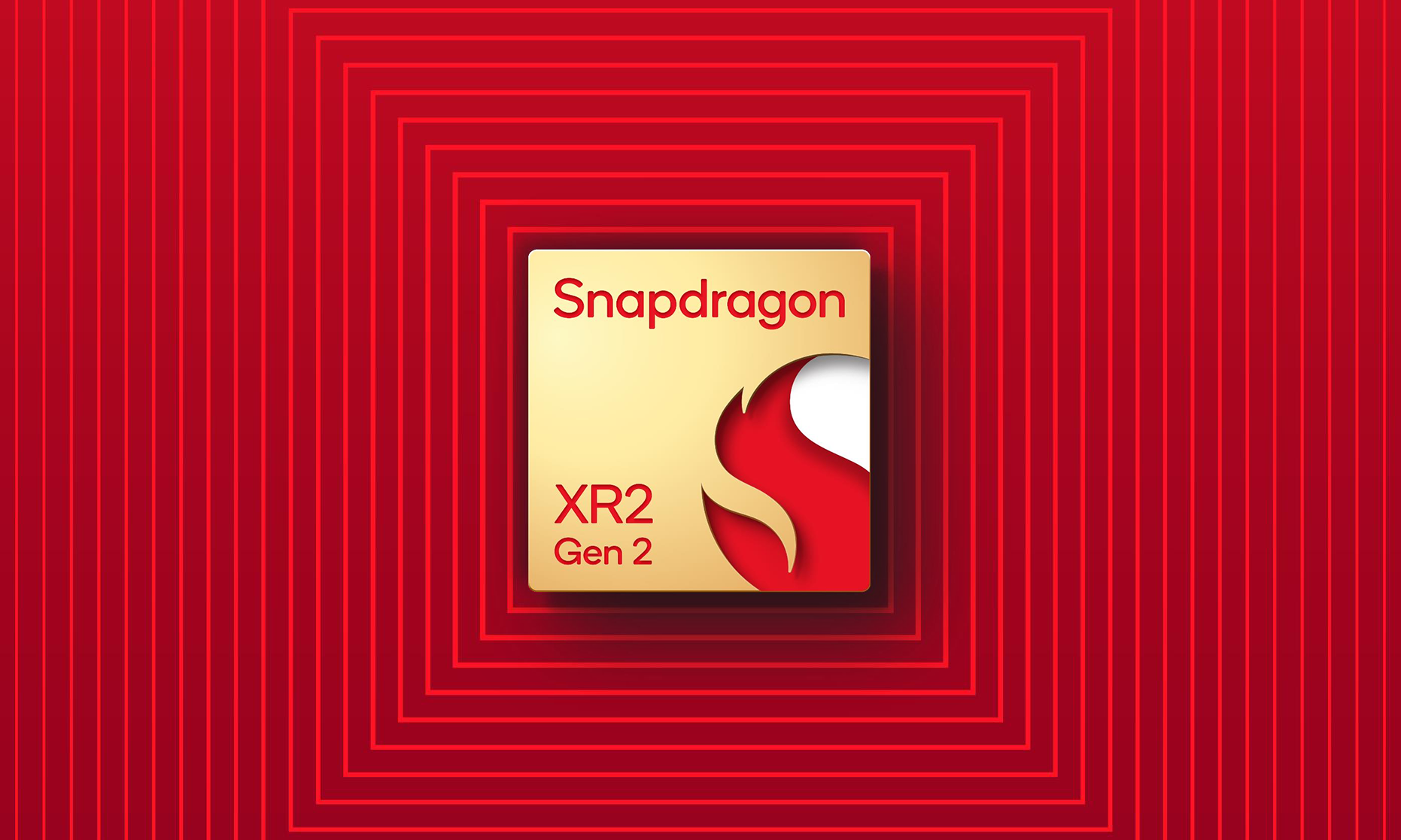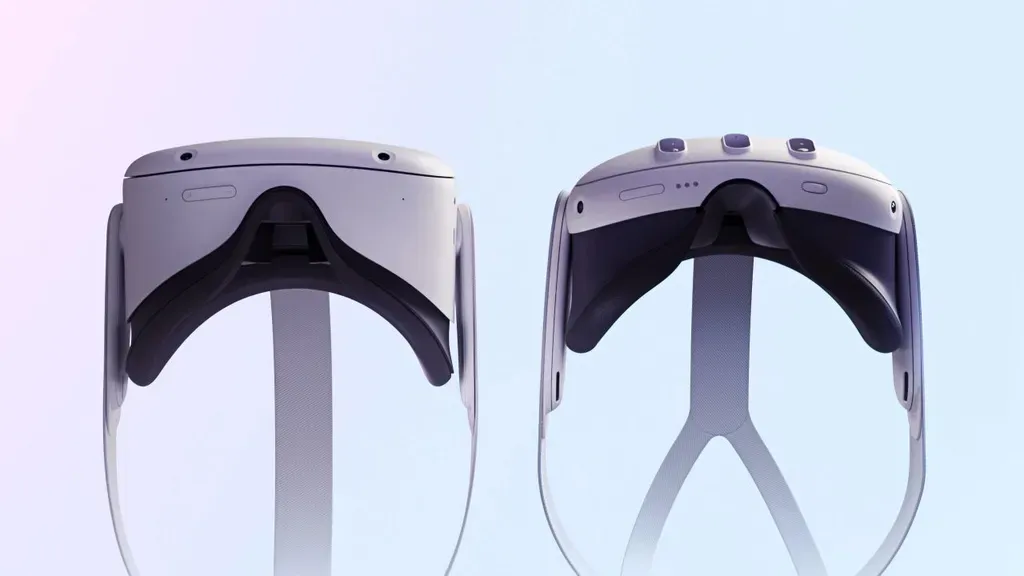Quest 3 is the first headset to feature Qualcomm’s new Snapdragon XR2 Gen 2 chipset.
The original XR2 Gen 1 is used in almost all standalone headsets, such as Quest 2, Pico 4, Vive XR Elite, and Lynx R1. A modified variant, XR2+ Gen 1, is used in Quest Pro.
XR2 Gen 1 was released in 2020, built on a 7nm process node. XR2 Gen 2 is built on a 4nm process node, bringing significant improvements in performance and power efficiency.

The new GPU has up to 2.5x peak performance and double the performance per watt. And the new NPU – neural processing unit- offers up to 8x the AI performance per watt for INT8.
The CPU improvement is a lot less impressive though, just 33% improved over the original XR2.
That extra AI performance can be used to enable new use cases, such as dynamic object recognition and scene classification.
XR2 Gen 2 also adds on-chip hardware acceleration for some critical headset tasks:
- Positional tracking, significantly reducing its power draw and latency
- Camera passthrough, reducing end-to-end latency from around 50 miliseconds to around 12 miliseconds
- SpaceWarp motion extrapolation
Qualcomm demonstrated just how low the passthrough latency enabled by XR2 Gen 2 is by playing ping-pong wearing reference design headsets:
While Quest 3 is the first headset to use XR2 Gen 2 and Meta is Qualcomm’s strategic partner, Qualcomm told UploadVR that this partnership doesn’t include exclusivity. Put another way, headsets from other companies will use the XR2 Gen 2 in future but Qualcomm wouldn’t say precisely when.





